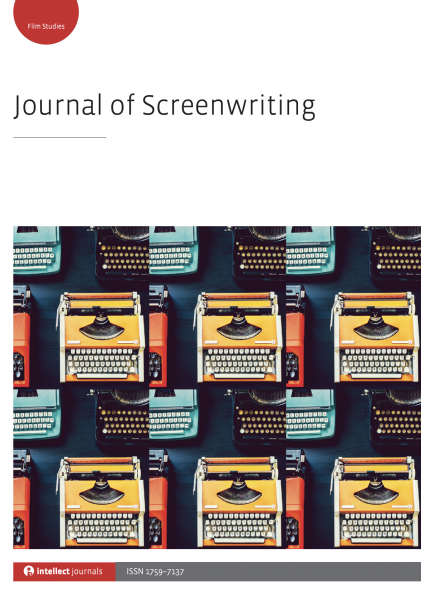Highlighting the articles in the past editions of the Journal of Screenwriting, of which I am the Book Reviews Editor. Hopefully these abstracts will entice you to did a little deeper into the history and future of screenwriting. — Rosanne
Unspoken Desires: Lore as case study on shadow narrative by Margot Nash
This article explores the concept of a shadow narrative lying under the surface of the main film narrative through a case study of the 2012 film Lore. The film is based on the second story in Rachel Seiffert’s book The Dark Room. It was adapted for the screen by British screenwriter Robin Mukherjee and Australian director and screenwriter Cate Shortland. I will search for the structure of this narrative through an analysis of key emotional scenes, moments or spectral traces when the unspoken desires of the protagonist, Lore, surface and take form, when subtext becomes text and nothing is ever the same again. Using film analyst Paul Gulino’s argument that most narrative films consist of eight major sequences, each between eight and fifteen minutes, I will break the film into eight sequences and then identify one key emotional scene in each sequence. I will then analyse the eight key scenes and discuss the development of Lore’s shadow or unspoken narrative of desire. Some of these key scenes re-imagine or extend narrative moments from the book, but most are new, created by the screenwriters in order to make visible the invisible transformation of character and to heighten themes introduced in the first story in the book and brought to a resolution in the third.
The Journal of Screenwriting is an international double-blind peer-reviewed journal that is published three times a year. The journal highlights current academic and professional thinking about the screenplay and intends to promote, stimulate and bring together current research and contemporary debates around the screenplay whilst encouraging groundbreaking research in an international arena. The journal is discursive, critical, rigorous and engages with issues in a dynamic and developing field, linking academic theory to screenwriting practice.
Get your copy and subscription to the Journal of Screenwriting Today!
* A portion of each sale from Amazon.com directly supports our blogs
** Many of these books may be available from your local library. Check it out!

